3D printing giant 3D Systems isn’t standing still. At the EuroMold exhibition today they announced not one, not two, but twelve products to bolster their already considerable portfolio of equipment, software and services.
They not only announced the products, but showed them at their massive booth at the Frankfurt trade show, staffed by what seemed to be at least hundreds of black-shirted 3D Systems specialists.
The announcements are a mix of: new products; improved existing products; products rebranded from previous acquisitions. Here’s our take on some of the major announcements.
The ProJet 4500 3D printer is the latest iteration of a color printing tech 3D Systems acquired from ZCorp a few years ago. Since the acquisition, the packaging, materials and finished results have improved. To this day, this technology is the only 3D printing process that can produce true full RGB-color objects. [EDIT: Oops, this is incorrect. We somehow forgot that the MCOR Iris, a 3D printer tha uses common paper as print material, can also produce full color objects.]
The ProJet 5500X is a new 3D printer with a capability not seen from 3D Systems previously: multimaterials. The printer can produce objects that are a mix of two materials with different properties. As an example, you can produce objects that have hard and soft areas. You can produce objects that have mixes of color – although you can mix only two at this time. The new multimaterial capability now competes directly with Stratasys’ PolyJet tech, which up until now had been the only way to produce multimaterial objects.
The gigantic ProX 950 SLA 3D printer is the state of the art in SLA tech, able to produce objects “ten times faster than other 3D printers”. It also has dramatically increased resolution, enabling the creation of one-piece prints such as the huge V8 engine block shown above by 3D Systems’ chief Avi Reichental. The accuracy is sufficient to use the piece for molding a final metal version.
The ProX 500 SLS (Selective Laser Sintering) 3D printer is a more compact version of 3D Systems’ SLS tech, but it is not only smaller, but is able to work “7 times faster than comparable technologies”. This machine is simply a far better SLS machine than they’ve ever had. The pieces made on it are wonderfully smooth, strong and light.
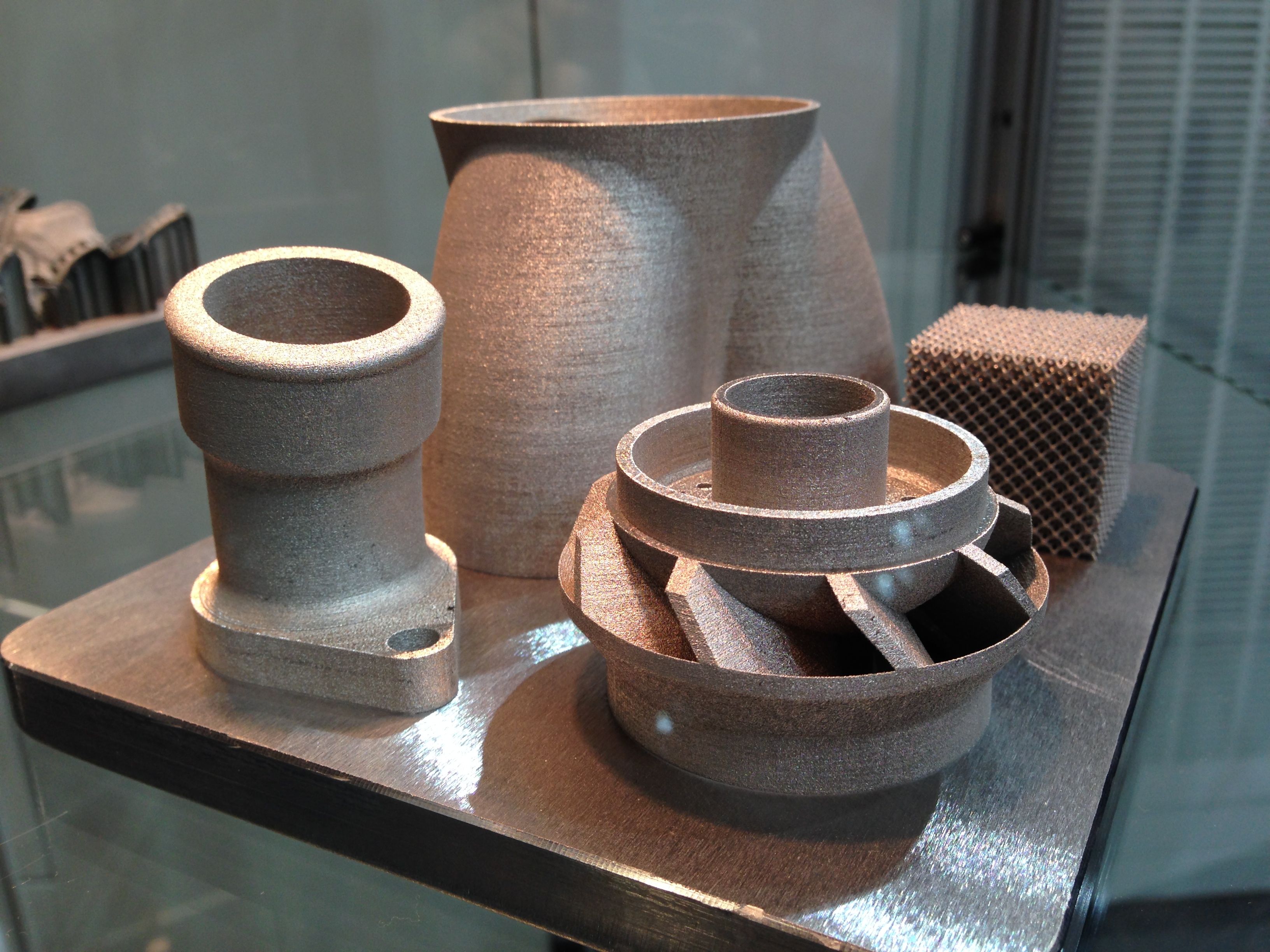
The ProX 300 is 3D Systems’ first metal-capable device, along with its smaller cousins, the 100 and 200. Based on tech obtained from the Phenix acquisition, the new machine is massive, apparently 5 tonnes in weight. Regardless of its size, it can produce amazing metal output. We suspect the corporate integration of Phenix is still not quite complete as we caught a glimpse of a “Phenix” logo on the side of this machine.
Moving from large to small, 3D Systems also introduced a very small 3D printer – perhaps the tiniest unit we’ve seen from a major manufacturer. The toaster-sized ProJet 1200 is a “micro-SLA” 3D printer capable of producing very small yet precise objects in material suitable for medical and jewelry applications. The price? Only USD$4900, the lowest price of non-consumer 3D printer from 3D Systems.
There’s more, but this post is getting long – as is the product list from 3D Systems.
Via 3D Systems

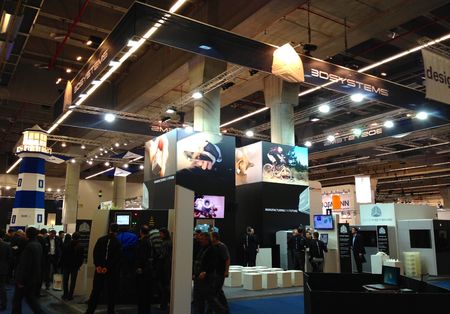


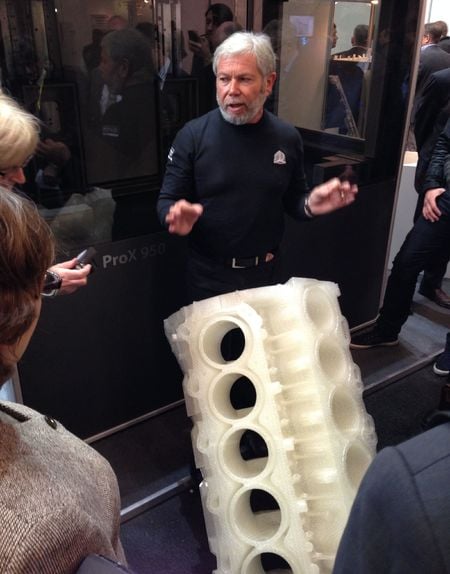
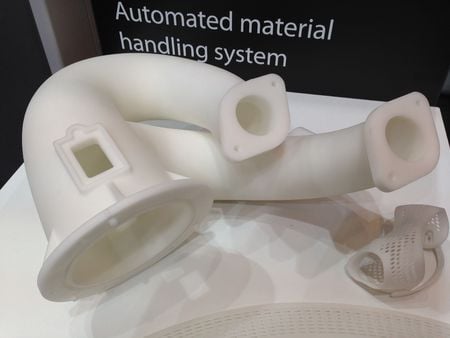
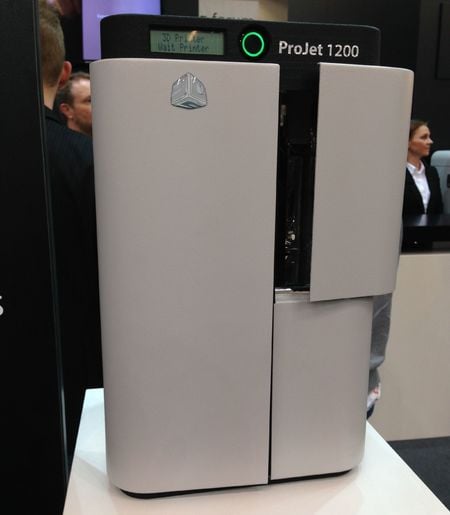
That is quite true – we stand corrected. Thanks!
That is quite true – we stand corrected. Thanks!
How can you say that the ProJet 4500 3D printer "is the only 3D printing process that can produce true full RGB-color objects." When the Mcor Iris is doing that and has been for quite some time?
How can you say that the ProJet 4500 3D printer "is the only 3D printing process that can produce true full RGB-color objects." When the Mcor Iris is doing that and has been for quite some time?